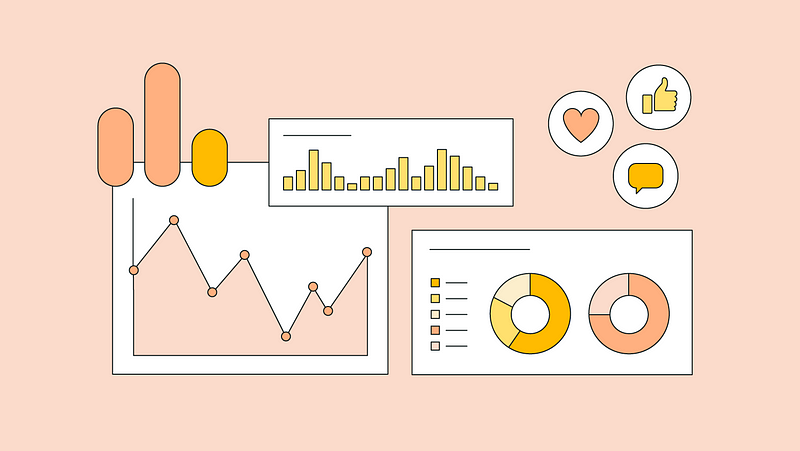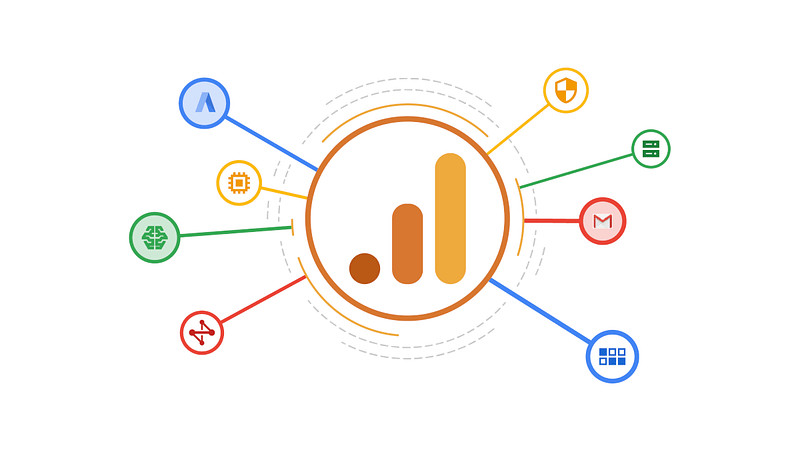In the ever-evolving landscape of digital marketing, understanding your audience is paramount for success, especially when it comes to paid media campaigns. Google Analytics provides a wealth of data that can help you refine your targeting, optimize your ad spend, and ultimately enhance your campaign performance. Here are five actionable tips to help you build effective paid media audiences using Google Analytics data.
1. Leverage Audience Segmentation
What it is: Audience segmentation allows you to group users based on shared characteristics or behaviors. This is crucial for creating targeted paid media campaigns.
How to use it: In Google Analytics, navigate to the “Audience” section and create segments based on factors such as demographics, geographic location, behavior, and technology. For instance, you can segment users who have completed a specific goal (like making a purchase) and target them with ads for related products or services.
Benefits: By targeting specific segments, you can tailor your messaging to resonate more deeply with each group, leading to higher engagement and conversion rates.

2. Utilize Custom Dimensions and Metrics
What it is: Custom dimensions and metrics allow you to track data that isn’t automatically collected by Google Analytics, providing deeper insights into your audience.
How to use it: Set up custom dimensions that align with your business objectives. For example, if you want to track user interactions with specific content types (like blogs or videos), create a custom dimension for content type. Then, analyze how different content types contribute to conversions.
Benefits: This data can inform your paid media strategy, helping you understand what content resonates with your audience and where to allocate your ad spend effectively.
3. Analyze User Behavior Flow
What it is: The Behavior Flow report visualizes the path users take through your site, highlighting where they drop off and what content keeps them engaged.
How to use it: Review the Behavior Flow report to identify the most common paths users take before converting. Look for any significant drop-off points and analyze the content or pages leading to those exits. This can help you understand what might be deterring users from completing their journey.
Benefits: By optimizing your website to improve user experience and reduce drop-offs, you can increase conversions and make your paid media campaigns more effective.
4. Implement Goal Tracking
What it is: Goal tracking in Google Analytics allows you to measure how well your site fulfills target objectives, such as form submissions or product purchases.
How to use it: Set up specific goals that reflect your business objectives. For example, if you’re running a lead generation campaign, track form submissions as a goal. Analyze goal completions to identify which audience segments convert best.
Benefits: Understanding which segments are most likely to convert helps you refine your targeting for paid media campaigns, ensuring that you’re reaching the most valuable audiences.
5. Integrate Google Analytics with Google Ads
What it is: Integrating Google Analytics with Google Ads allows for seamless data sharing between the two platforms, enabling you to optimize your ad campaigns based on website performance.

How to use it: Link your Google Ads account to Google Analytics. This integration enables you to import Analytics goals and transactions into Google Ads, facilitating better targeting based on user behavior. You can also analyze the performance of your ad campaigns within Google Analytics.
Benefits: By leveraging Google Analytics data within Google Ads, you can adjust your bidding strategies, refine audience targeting, and allocate budgets more effectively based on what works.
Conclusion
Building paid media audiences using Google Analytics data is an ongoing process that requires careful analysis and strategic adjustments. By leveraging audience segmentation, custom dimensions, user behavior analysis, goal tracking, and integration with Google Ads, you can create targeted and effective paid media campaigns that drive conversions and maximize your return on investment.
At SPH Technology, we believe that data-driven decision-making is the key to successful digital marketing. By utilizing these tips, you can harness the power of Google Analytics to enhance your paid media strategies and achieve your marketing goals.


